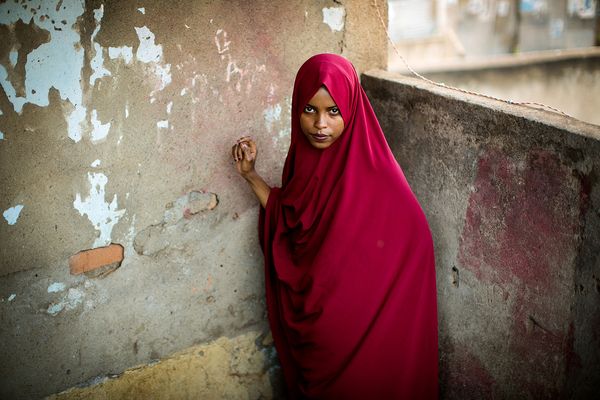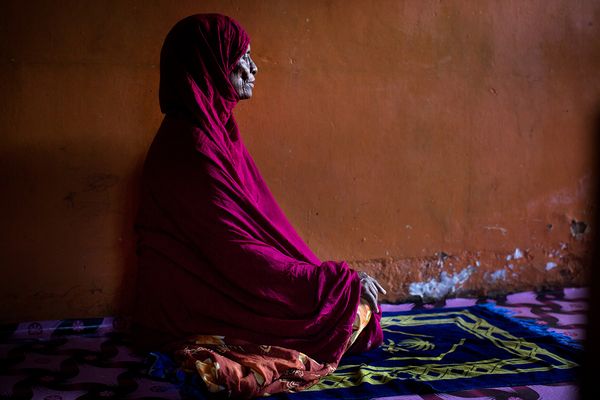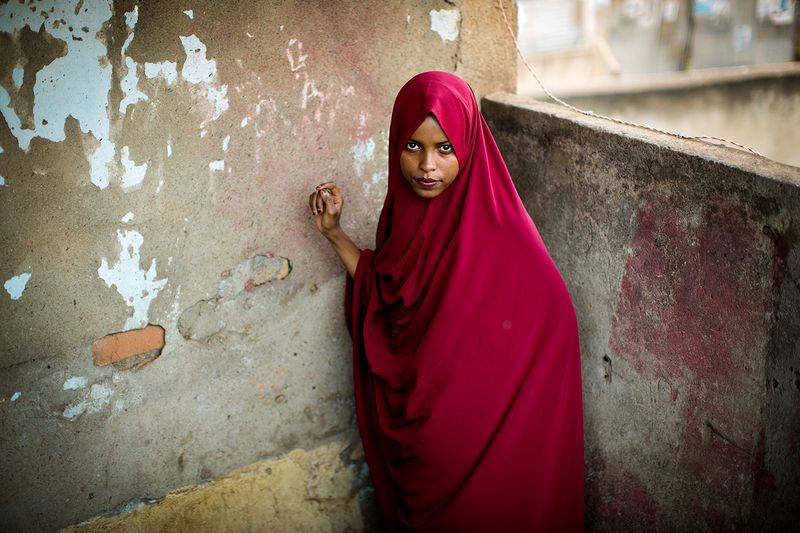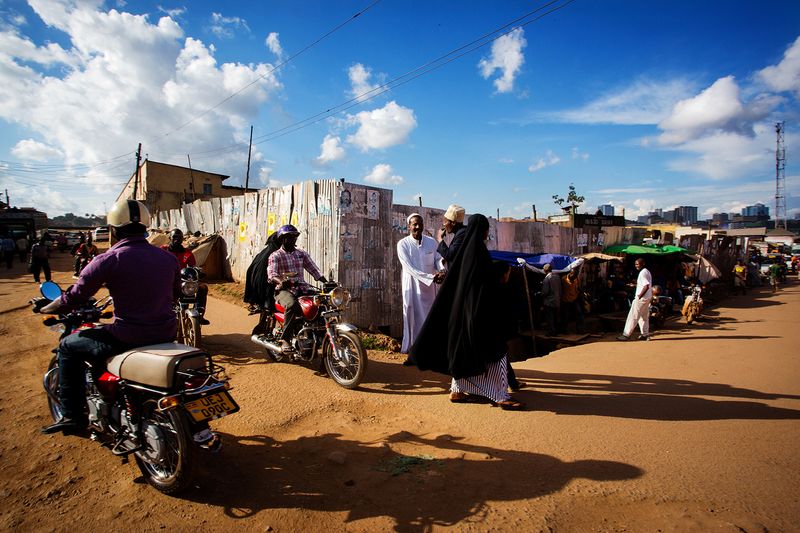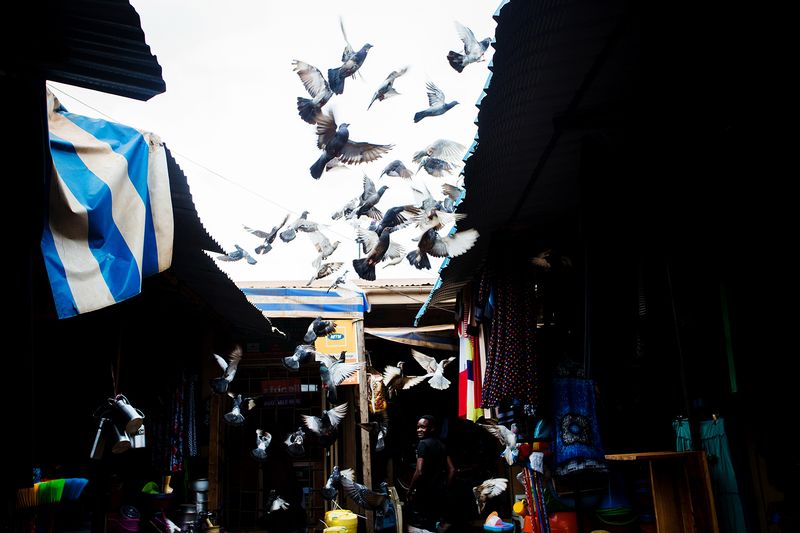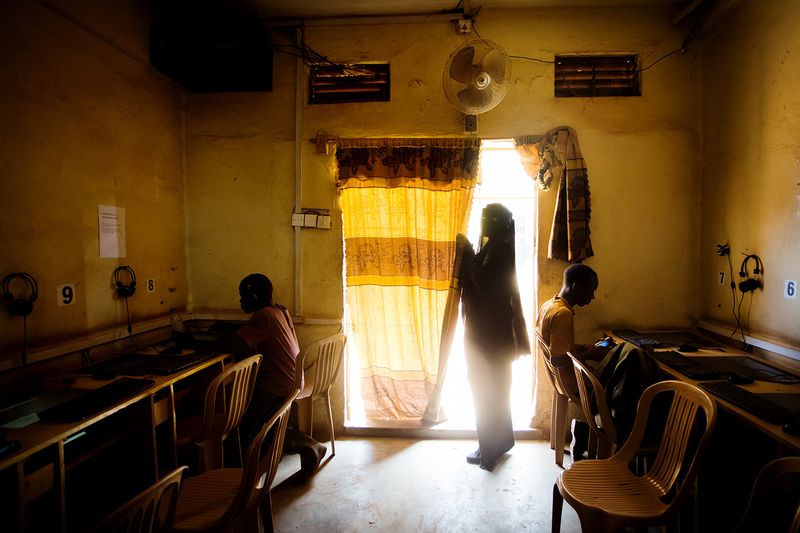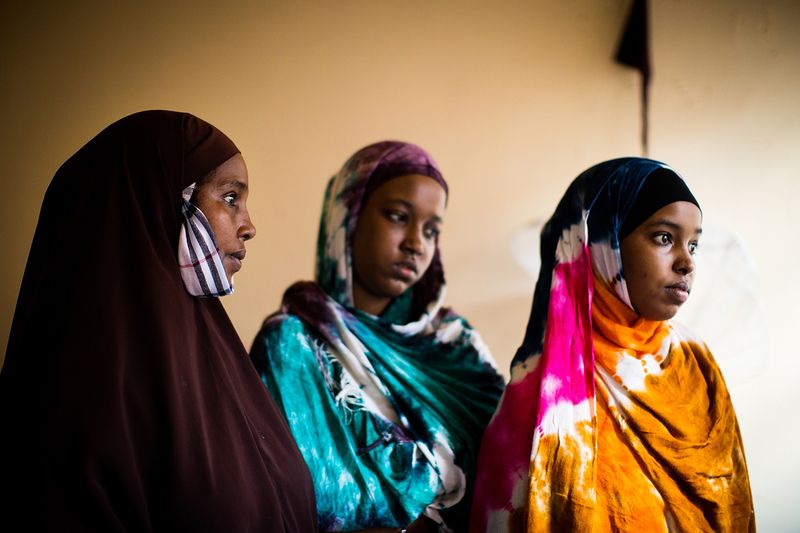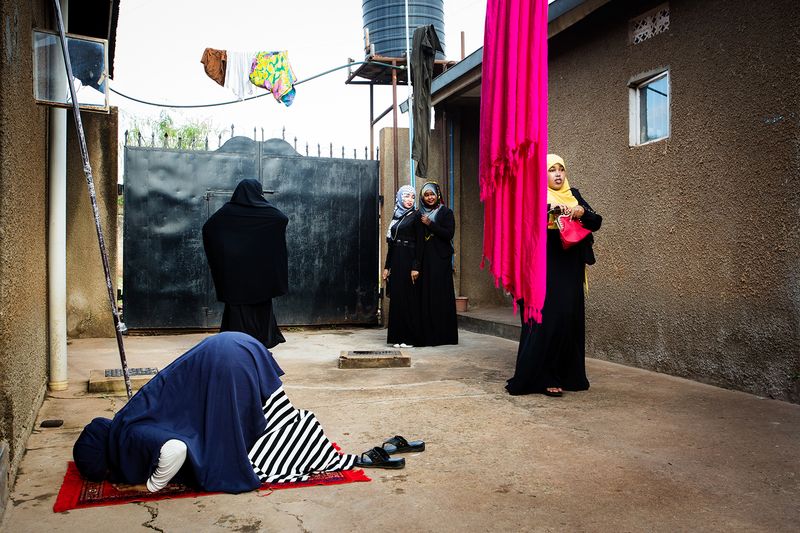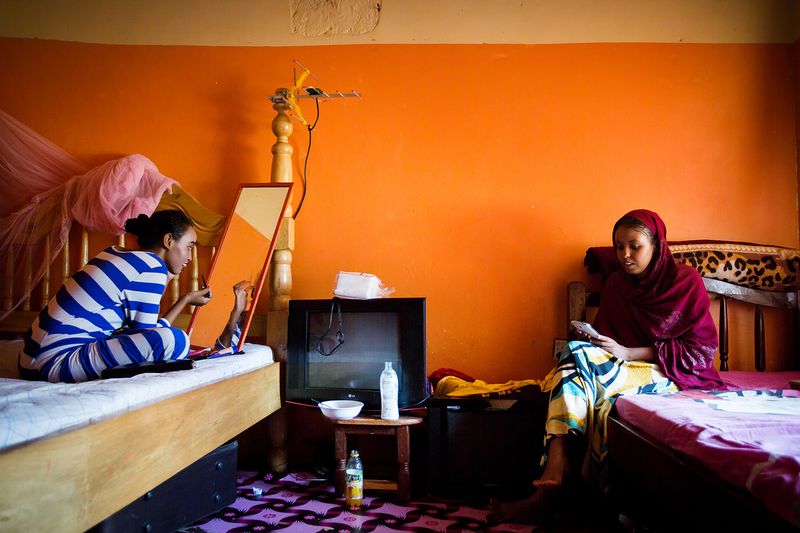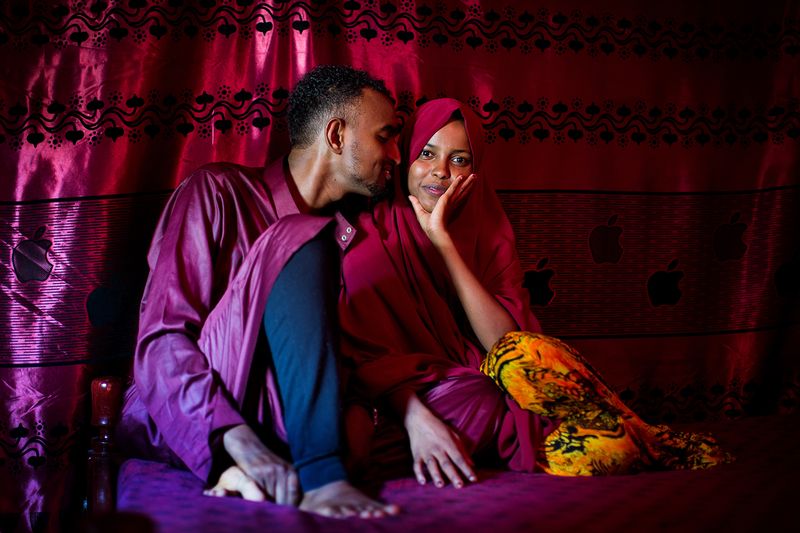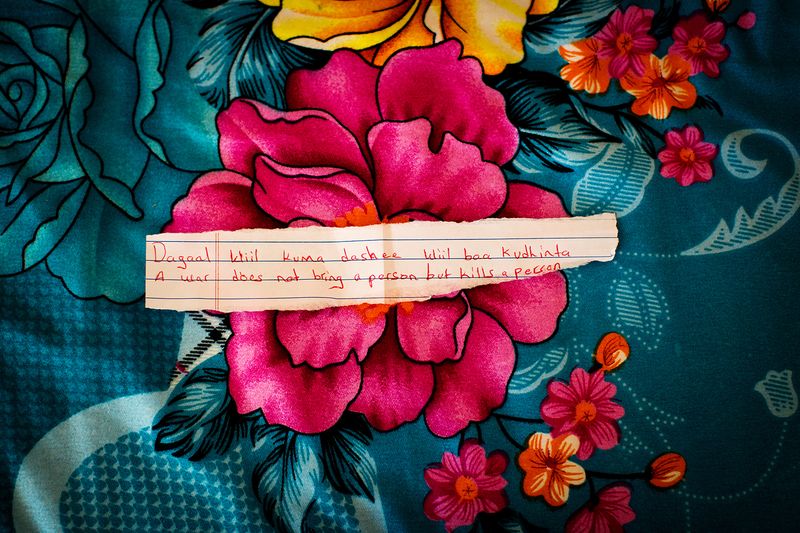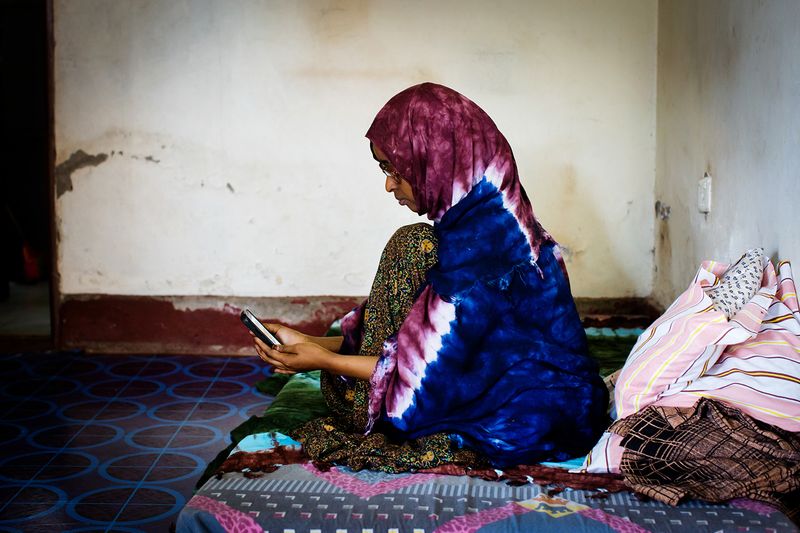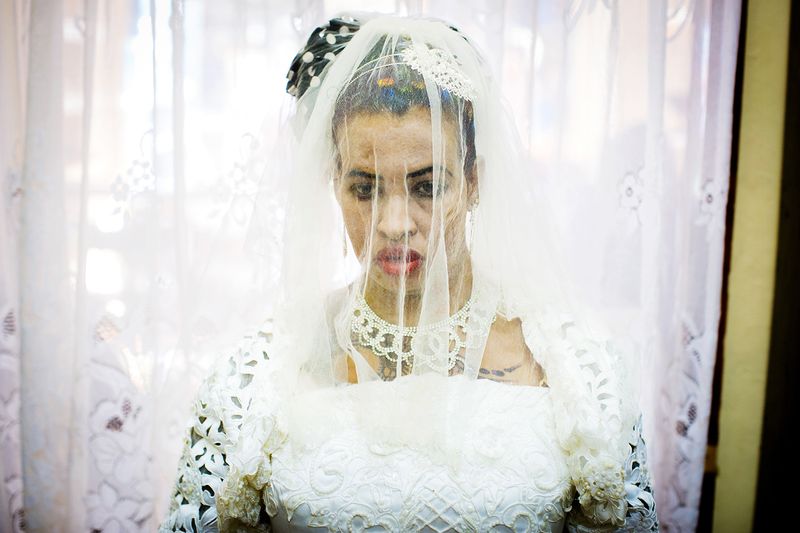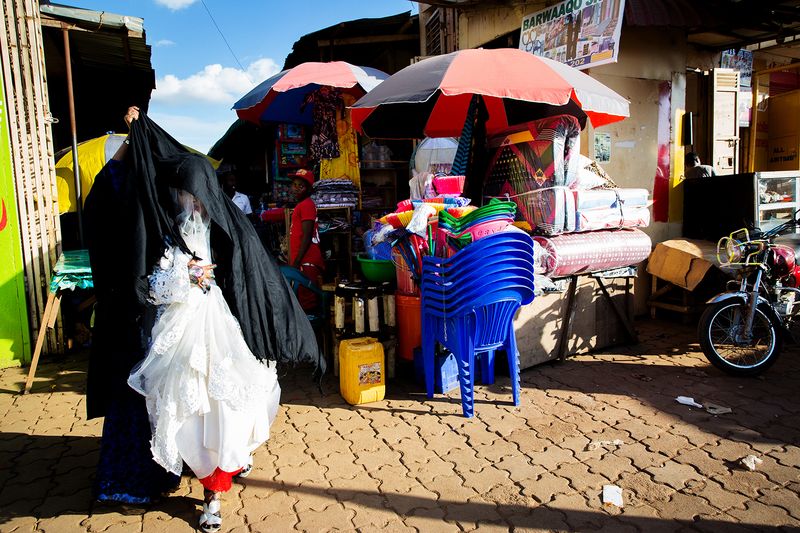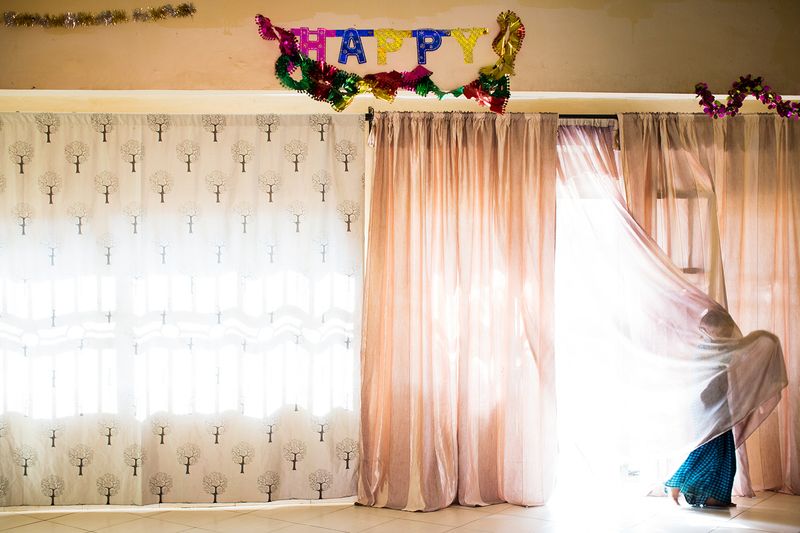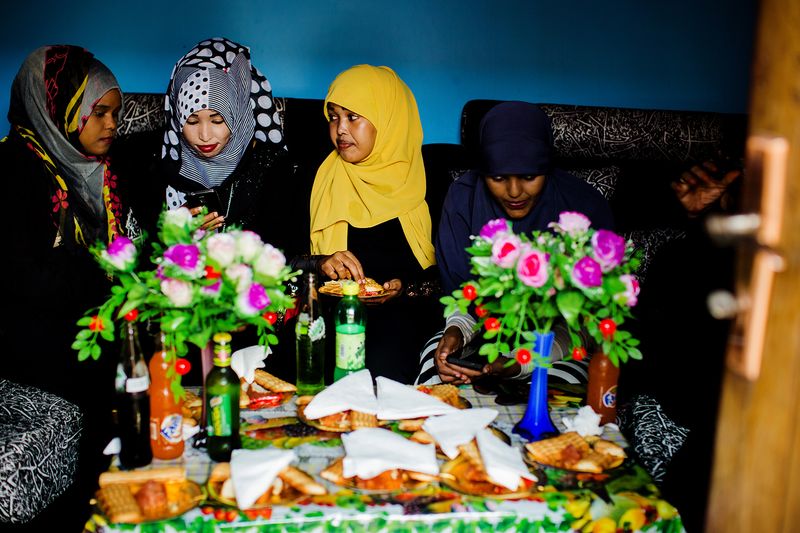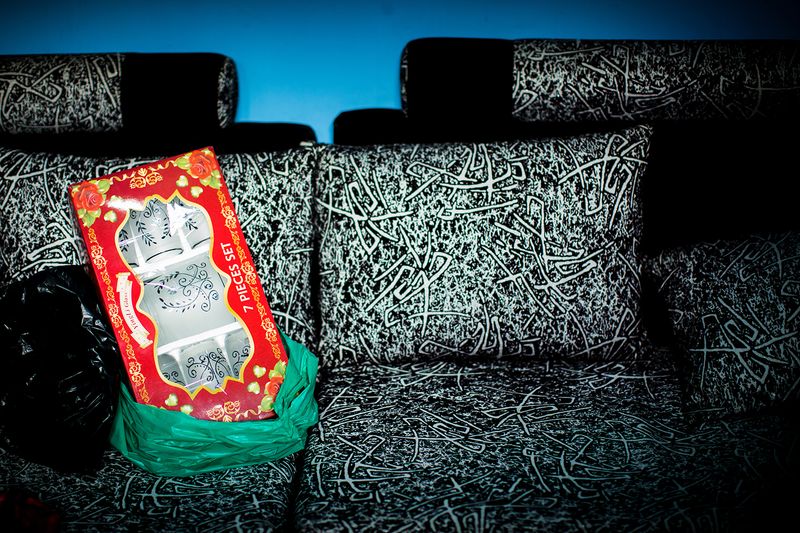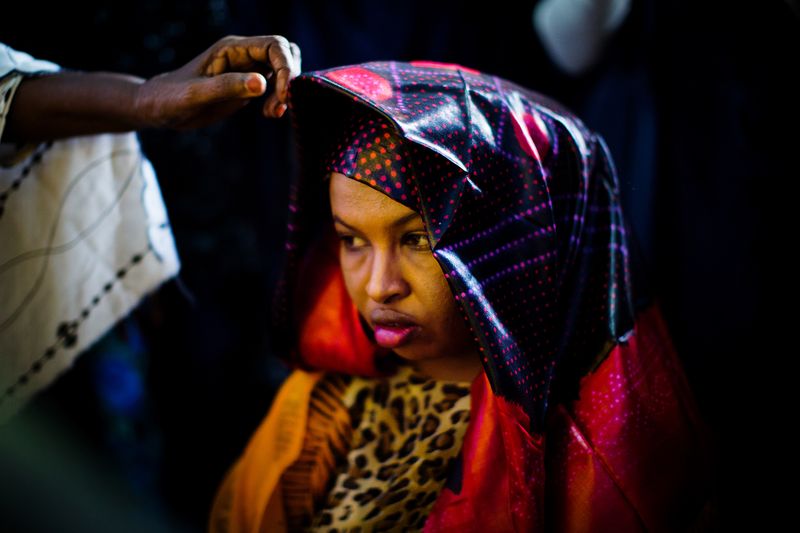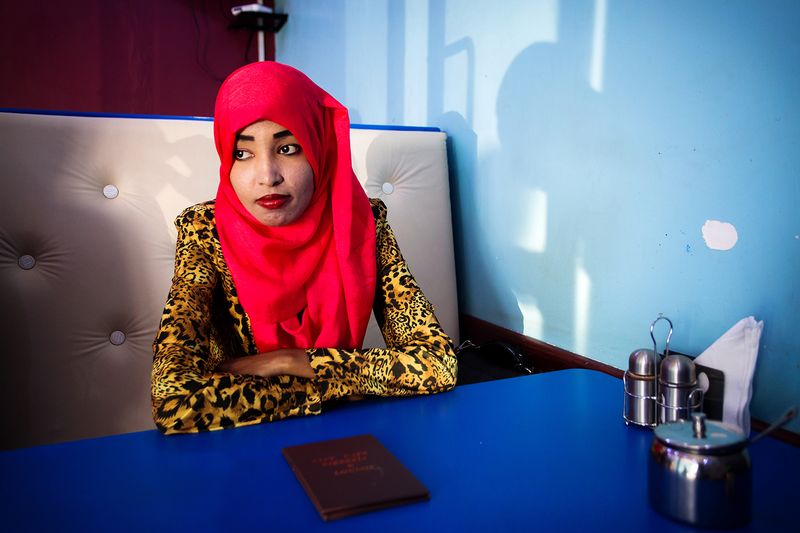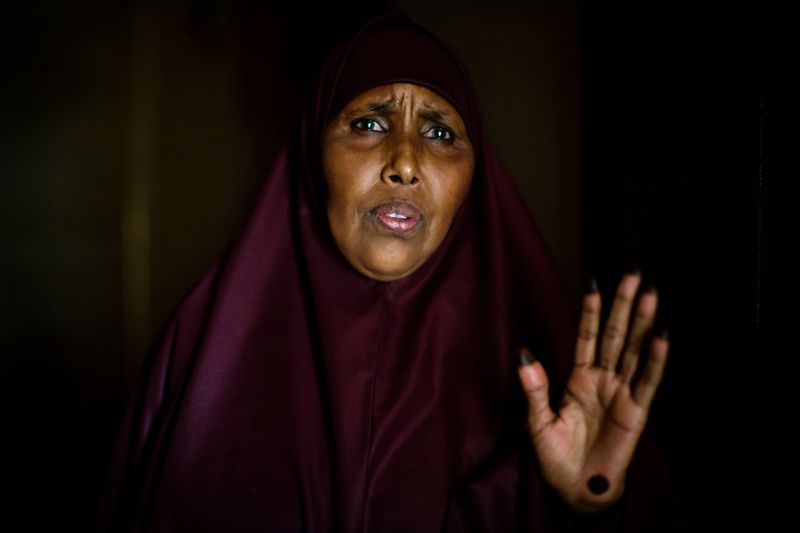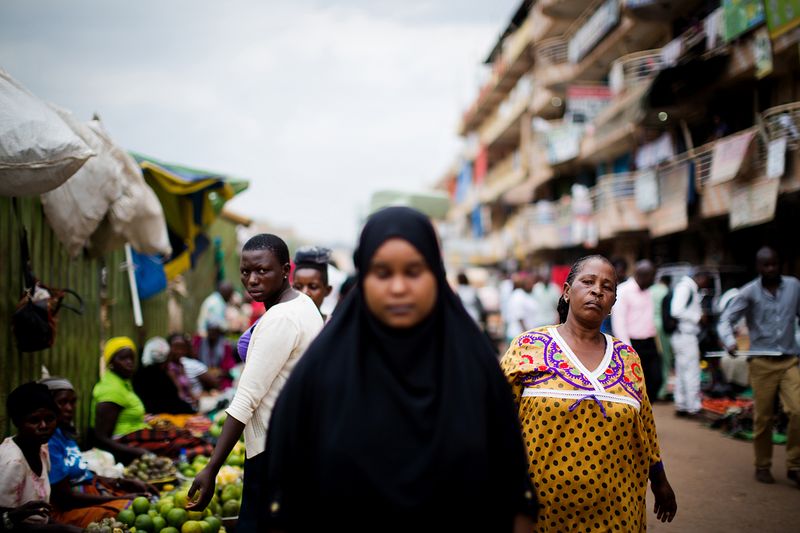Behind Veils and Walls - Women in Little Mogadishu
-
Dates2016 - 2016
-
Author
- Topics Contemporary Issues, Editorial, Documentary
My project “Behind Veils and Walls” reveals the lives of female Somali refugees living in exile and the quest for an authentic, meaningful existence in a transitional space. In Kampala, Uganda, tucked away in a corner of the humming downtown area lies Kisenyi, a small and rough looking bunch of du
My project “Behind Veils and Walls” reveals the lives of female Somali refugees living in exile and the quest for an authentic, meaningful existence in a transitional space.
After over two decades of chaos, conflict and violence more than 1.5 million Somalis remain displacedall over the world, many in other African countries like Uganda or Kenya. Somalia to them is no longer a physical country but rather a diaspora of Somalis and their culture. Everything is temporary for a refugee awaiting resettlement in the US or Europe, eager to leave Africa once and for all.
In Kampala, tucked away in a corner of the humming downtown area lies Kisenyi, a small and rough looking bunch of dusty streets bursting with business and trade, home to thousands of Somalis. Welcome to “Little Mogadishu“.
Exile to the young women in my photographs seems more like life in a parallel sphere. Connected to family, friends and dates all over the world almost 24/7, these women seemingly maintain their bonds through telephone, internet, social media, rotating wedding videos and gossip rather than living in the actual place they are in. It is Uganda, but could be anywhere, really. They celebrate female friendship and solidarity, creating home away from home for each other, often in absence of men, who have either died, fled or stayed behind in Somalia. They dream of romantic love just like anyone their age, yet give in to the promising material stabilities of older and more established candidates. The further up north on the globe, the better.
Exile is also a hardship that bears stigma, every day hostilities, the feeling of not belonging and a haunting past.
While they hold on to everything they believe to be Somali ( food, costums, traditions) for the women in my photos, however, exile is an overall liberating experience. Stricter cultural authorities are weakened by circumstance, backward practices like female genital mutilation (FGM) are harder to execute in this different environment while life feels more free. Somewhere in this bubble of Somali life in Uganda and hope for a better future in a far away third place, life happens.
